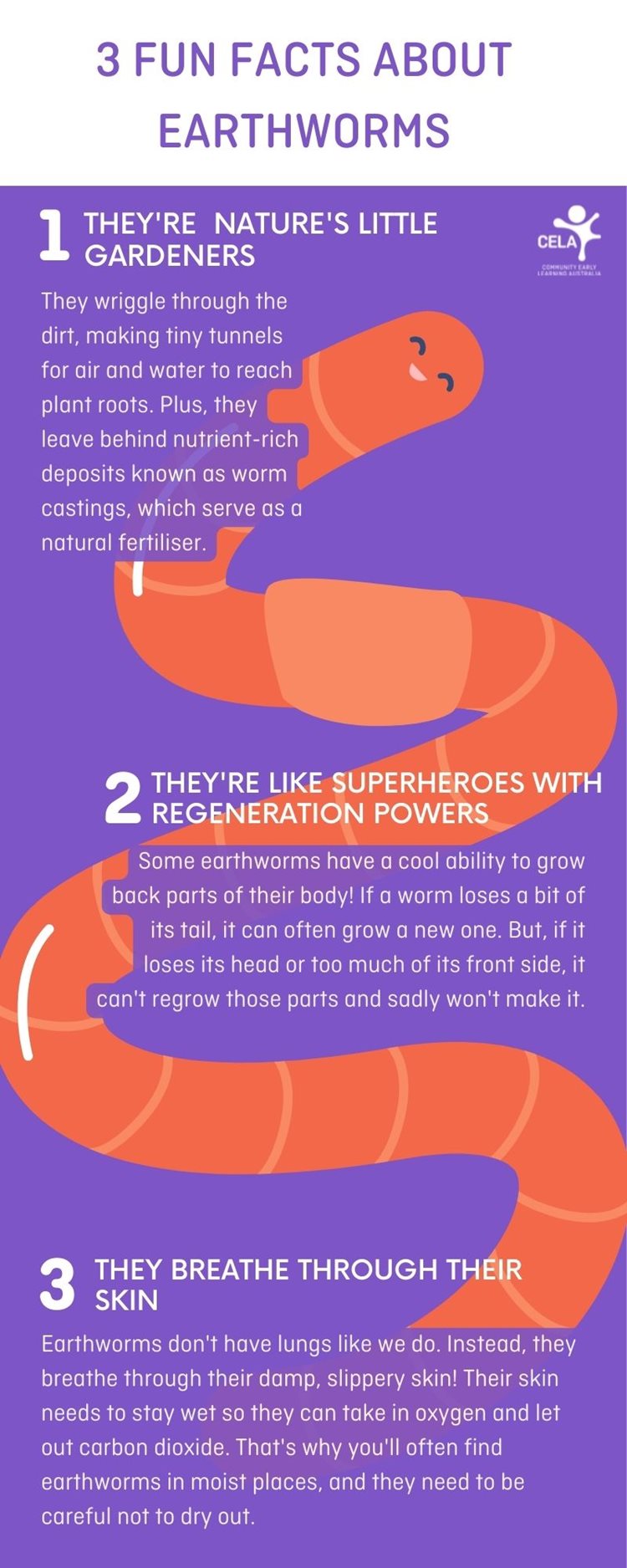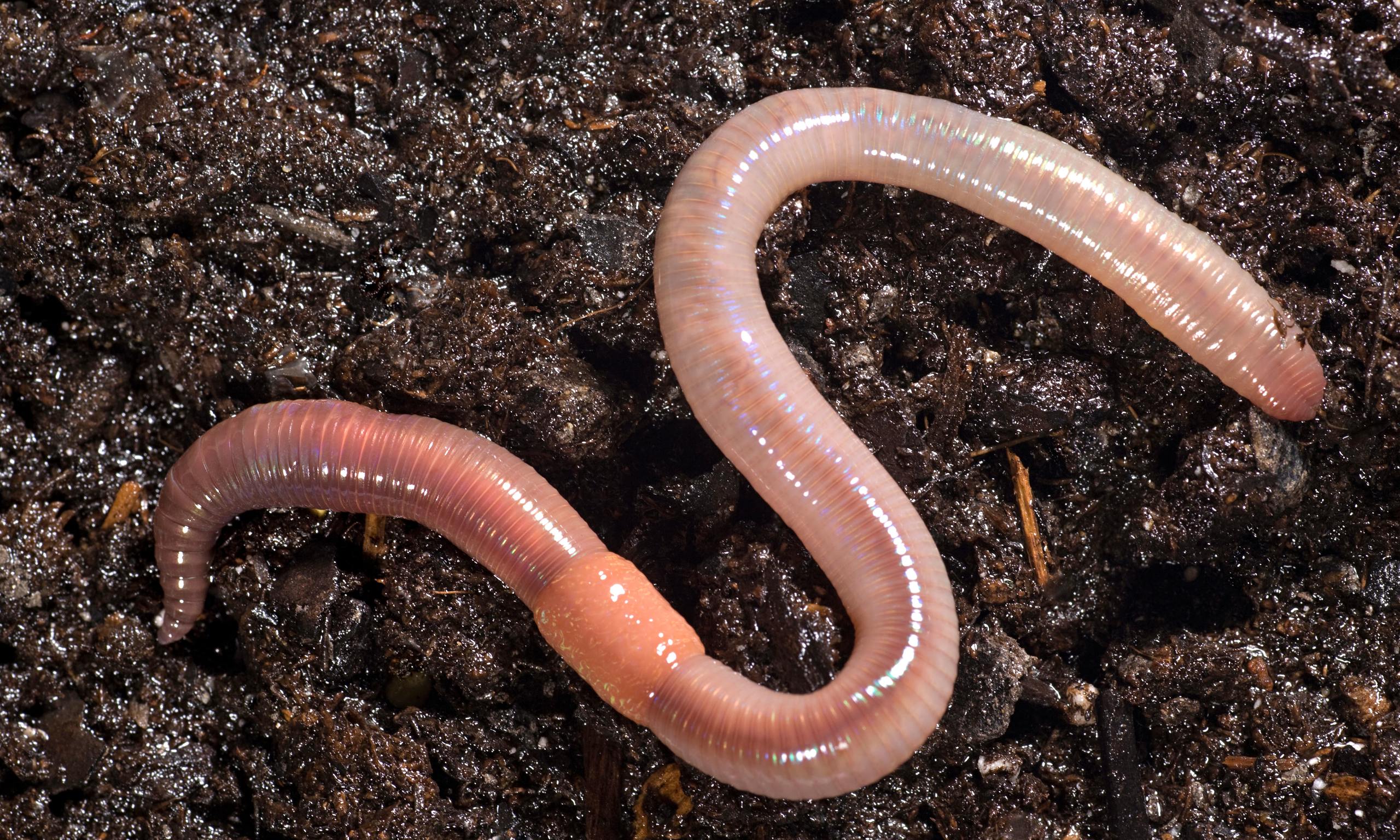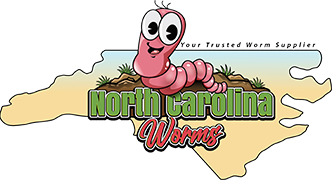What Does North Carolina Worms Mean?
What Does North Carolina Worms Mean?
Blog Article
North Carolina Worms Can Be Fun For Everyone
Table of ContentsThe Ultimate Guide To North Carolina Worms7 Easy Facts About North Carolina Worms DescribedUnknown Facts About North Carolina WormsNorth Carolina Worms Fundamentals Explained
Instance: 1-gallon of worm castings to 4 gallons of potting mix. Do NOT make use of a potting mix that has chemical fertilizers in it. Review the labelit will state. 1/2 cup in all-time low of the growing opening for smaller plants. 1 mug for larger plants. ie. tomatoes, eco-friendly peppers, summer squash, and so forth.
The enhancement of tea can likewise include boosted microbial biomass to your soil. You can always side-dress your plants with worm castings at any moment. Just bear in mind, the microorganisms will die if exposed to UV rays (Sun), so make certain to cover the castings with an inch or so of dirt.
This frustrated them for years up until the screening techniques ended up being better. They discovered that plant growth and health and wellness exhibited a Bell Contour. It would improve(with more spreadings), degree off, and after that decrease. They were baffled. They ultimately found that excess plant-growth hormonal agents were the culprit. Way too many worm spreadings would increase the growth to a rate that the plant could not recuperate from.
North Carolina Worms Fundamentals Explained
Numerous herbicides work on this exact same principle. So, 20% by volume seems to be the "Dessert Area". I have stated the virtues of worm castings for about 2000 words. What regarding the opposite of the coin? Nothing is perfect. Worm castings are no different. It takes some time to create high quality worm castings.
Worm spreadings definitely cost more than chemical plant foods. Worm castings are on the less costly end of organic plant foods. (50 gallons per year) It is a much tougher and extremely pricey investment to generate huge amounts of worm spreadings.

Developing a healthy and balanced soil might be the biggest advantage of worm spreadings. Healthy and balanced soil was reviewed and exactly how essential this has actually ended up being to everyone. The top 10 benefits of worm spreadings were likewise offered. We talked about worm spreadings NPK and also the correct nutrient analysis that need to apply to worm spreadings.
All about North Carolina Worms
We talked about some of the drawbacks connected with worm spreadings. I covered a great deal of material in this short article.
The upright burrows are commonly open, although the worms cap the top with deposit and waste matter. Roots need oxygen for their development, whereas they create carbon dioxide that needs to leave the soil.
Earthworms increase porosity by 2 mechanisms: (1) by creating permanent burrows, and (2) by boosting soil aggregation. Gathering is boosted by the mixing of soil and natural matter in the earthworms' intestines. North Carolina Worms. These very steady accumulations are transferred by some earthworms in their burrows, and by others at the surface of the dirt


In one more study, earthworms were estimated to eat 4 to 10 percent of the leading 6 inches of the soil annually. This only goes to show the huge amounts of soil that can be processed by earthworms. Soil compaction decreases the porosity of the soil. Because earthworms raise porosity, they reduce the effects of compaction.
The Greatest Guide To North Carolina Worms
Typical earthworm populaces can quickly consume 2 loads of dry matter per acre each year, partly absorbing and blending it with soil. The value of earthworms to mix surface area deposit with dirt comes to be extremely clear in dirts that do not have any type of earthworms. Most of our Pennsylvania dirts contend least some earthworms, and the result of their total lack, as a result, can not be noted.
(https://classdirectory.org/details.php?id=303572)In these soils, the formation of topsoil with sensible raw material content did not happen, leading to bad crop growth. As soon as the reason was developed, the federal government of the Netherlands began a project to introduce earthworms. After the introduction of the earthworms, a dark topsoil layer was formed, and plant development enhanced substantially.
They live mostly from partly decomposed raw material that is already included in the dirt. They consume their way through the soil, producing horizontal burrows that they full of their waste matter. These types ingest large amounts of dirt that they mix with absorbed crop residue in their guts. or anecic species stay in long-term vertical burrows that can be 5 or 6 feet deep.
Their burrows stay open, although they cap the leading with plant residue that they draw to the entryway. These species consume significant quantities of soil that they blend with digested deposit in their guts. Their waste matter is mainly transferred at the surface of the dirt. The nightcrawler Lumbricus terrestris is the most noticeable participant of this group.
Report this page